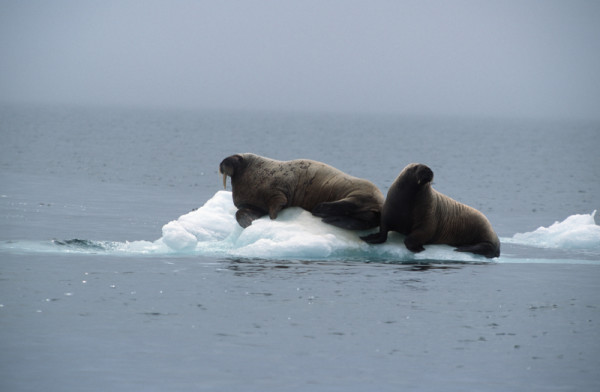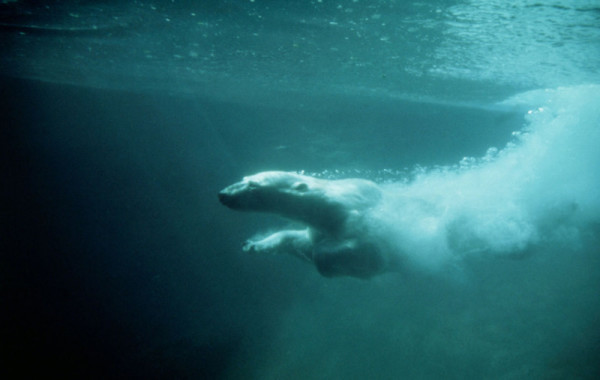Nunavut Land Use Plan needs to dip its toe in the ocean
Residents in Chesterfield Inlet, Nunavut, have noticed a decline in marine mammals in the past few years, coinciding with increased marine shipping from the nearby gold mine.
It’s an example of something happening on land affecting things in the sea, and one of the reasons WWF supports northern communities in their request to the Nunavut Planning Commission for a greater focus on marine planning.
Marine considerations need to be included in the Nunavut Land Use Planning process that’s laying the groundwork for a sustainable and prosperous future in the region. It’s vital for a region that relies as much on sea ice and marine species as it does on solid ground
Chesterfield Inlet, located on the northwestern shores of Hudson Bay, relies heavily on the surrounding land and water for food and don’t want to see that adversely affected.
“The community has already been affected by increased marine shipping,” the Aqigiq Hunters and Trappers Organization stated in its submission to the NPC. “We have been noticing fewer and fewer marine mammals in this area during the shipping season.”
Since 2007, work has been underway to develop a plan for Nunavut that promotes both the well-being of communities and the environmental integrity of the region. The plan, however, has focused primarily on land, leaving protection of Nunavut’s marine areas out of the conversation.
It’s not just food security that’s at stake. Community members are also worried about their livelihoods. Chesterfield Inlet is investing in a community-based commercial fishery, which would bring new jobs to the region. This significant opportunity is threatened by the lack of protections for the nearby char spawning grounds. The community has asked for the NPC to invest in the long-term viability of the species by protecting the critical habitat from incompatible uses such as mining.
These are just two examples of the importance of protecting marine areas in one northern community. The benefits of marine protection for communities, species and ecosystems are well known, and taking action is becoming a more significant priority within Canada. Just last month, Canada’s federal government reconfirmed its commitment to protecting five per cent of marine and coastal areas by 2017. Incorporating marine protection objectives into Nunavut’s plan is important to ensure those commitments will be met.
Protecting the most sensitive areas
Developing appropriate marine plans require both identification of important habitats and designation of the type of activities that will be tolerated.
Under the current draft plan, nearly all marine regions in Nunavut are classified as mixed use, meaning that all types of uses – from mining to shipping to fisheries, and even oil exploration – are permitted. This designation is applied even in areas that have been identified by the federal government as Ecologically and Biologically Sensitive Areas (EBSAs). These sensitive areas range from the nursing grounds of Western Hudson Bay belugas to the Last Ice Area in the High Arctic, which will be the last remaining zone for summer sea ice in a warming climate.
To support our community partners – like the Aqigiq Hunters and Trappers Organization in Chesterfield Inlet – WWF is asking the NPC to implement a new designation for EBSAs that sets seasonal restrictions on activities, depending on the sensitivities in the area, and asks regulators to consider impacts on wildlife and ecosystem before approving new activities.
To do this, the plan will need to better understand site-specific characteristics, stressors and risks for each region, both from the ecological and the cultural point of view. WWF is addressing this need by hosting workshops and conducting research to identify community priorities and values and ensure they are included in our recommendations to the NPC plans. One such ongoing project is the identification of critical marine habitats in Nunavut by April 2016.
The public is invited to find out more about the plan and submit thoughts at the Nunavut Planning Commission website. The public hearing on the plan is scheduled for November 2016.
Originally posted in Arctic Deeply



